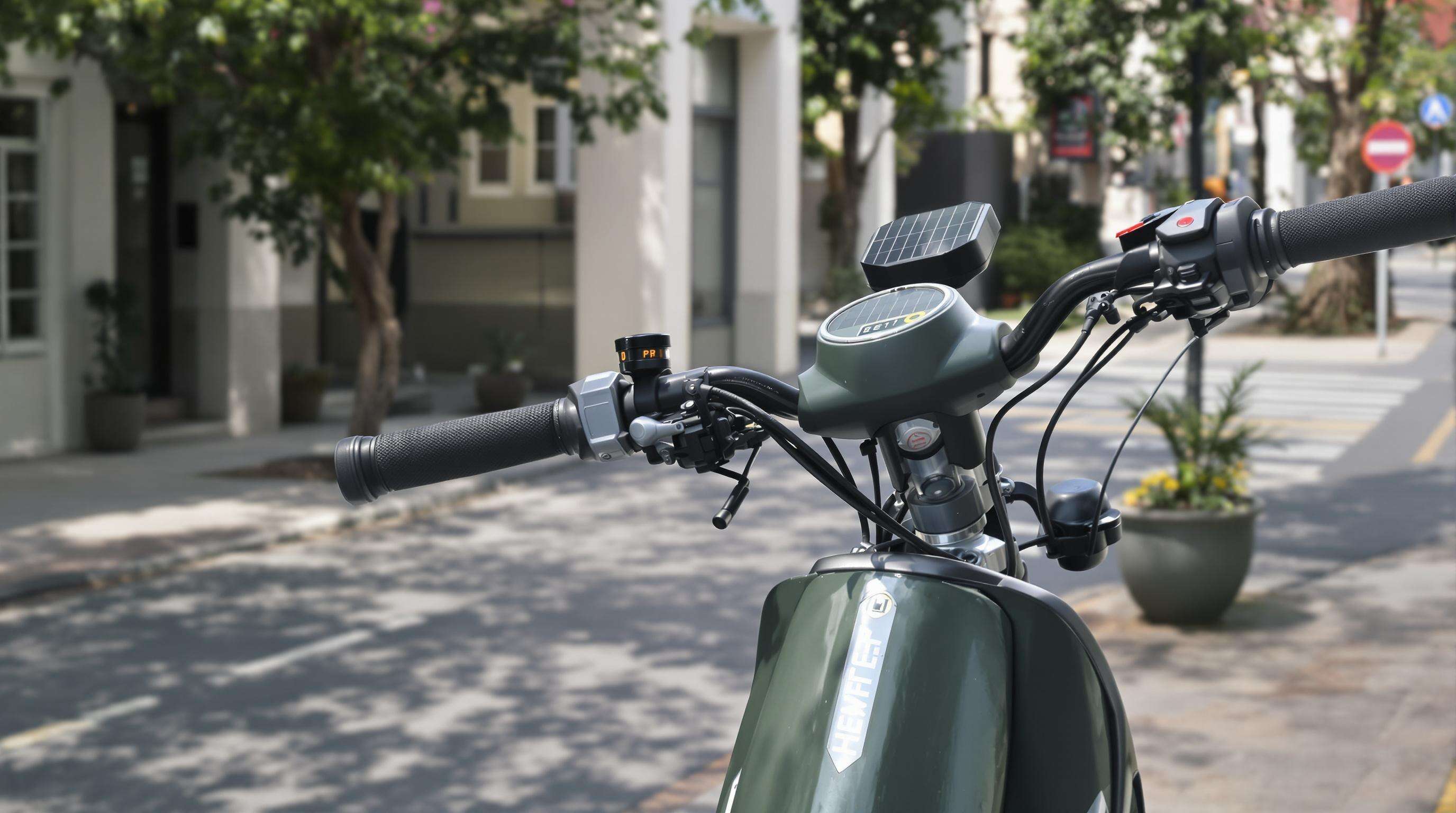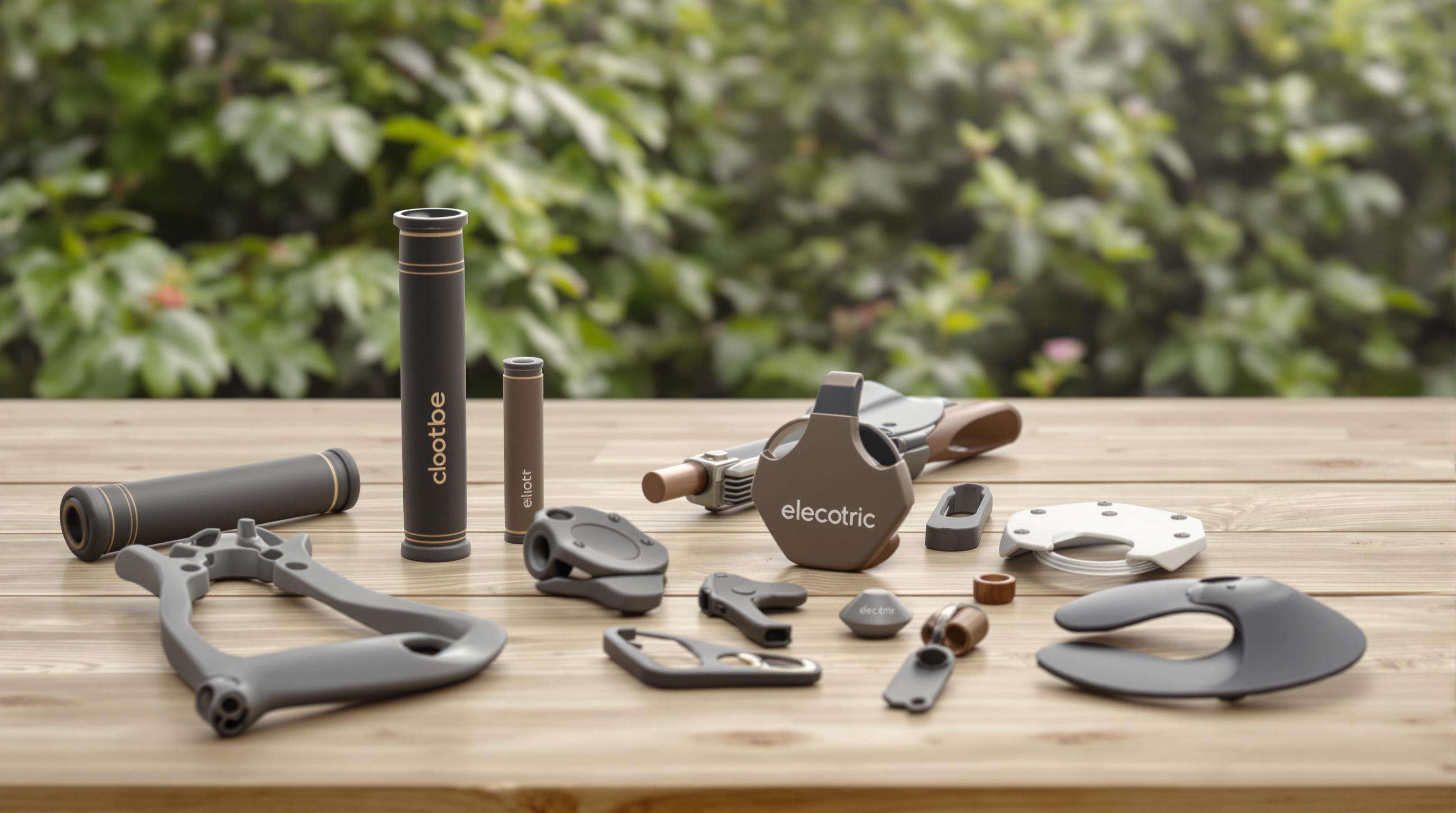Electric scooters are helping cut down on city pollution by taking the place of gas guzzlers for those quick trips around town. Take Kuala Lumpur for instance, where stuck traffic accounts for about 45 percent of all transport emissions. Research from the European Environment Agency shows that these little electric rides produce roughly 90% fewer CO2 emissions per mile compared to regular cars. Considering that transportation makes up 28% of Malaysia's total greenhouse gas output, getting more people on board with e-scooters in places like Penang and Johor Bahru might slash annual emissions by somewhere around 740,000 tons by the end of this decade. Plus, their light build and no need for docking stations means they waste far less energy than our usual forms of public transport.
E scooters don't emit those nasty tailpipe pollutants such as nitrogen oxides (NOx) or fine particles known as PM2.5 when they're running around town. That makes a real difference to air quality especially in crowded urban spaces. Think about it - many Malaysian cities struggle with PM2.5 levels that are actually three times higher than what the World Health Organization considers safe. Take Jakarta for instance. When they ran their trial program swapping out 5,000 old motorbikes for electric scooters, local air pollution dropped by about 12% along roadsides. Pretty impressive stuff really. And this approach could work wonders too in places like Kuala Lumpur where so many people walk around daily but still rely heavily on motorized transport options.

Adding smart accessories can really improve how efficiently electric scooters work. Take solar powered chargers for instance they help cut down on reliance from the electrical grid especially useful in places with lots of sunshine such as Malaysia. Then there are those regenerative braking systems which manage to capture about 15 to maybe even 20 percent of the kinetic energy when stopping occurs. And let's not forget about those specially designed handlebars that cut through air resistance better reducing overall drag and extending battery life significantly. All these improvements bring down the typical power consumption rate from around 0.10 kilowatt hours per kilometer. What does this mean practically? Well compared to regular public transport options like buses, e scooters actually end up being roughly thirty percent more energy efficient when looking at energy used per person traveling each kilometer.
Electric scooter riders in Malaysia can amplify their environmental impact by upgrading with these five essential accessories:
Portable solar panels with 18—22% efficiency reduce grid dependency by 30—40% while charging scooter batteries, based on field tests in Southeast Asian urban environments.
This technology recaptures 10—15% of kinetic energy during deceleration, extending scooter range by 8—12 km per charge cycle while reducing battery strain.
Made from mushroom mycelium and natural rubber, these accessories decompose within 180 days—compared to over 500 years for conventional plastic alternatives.
Modern LED arrays consume 75% less power than halogen systems while delivering 200-lumen output, enhancing night riding safety without increasing energy draw.
Post-industrial plastics now comprise 65—80% of premium accessory manufacturing, diverting 2.3kg of waste per scooter from landfills annually when used across vehicle components.
Electric scooters help cut down on traffic jams and lower carbon emissions because they replace those short car trips people take all the time. These little rides actually make up around 30% of what's causing pollution from transport in Malaysian cities. The city of Kuala Lumpur is planning something big for 2024 too - expanding shared scooter areas by almost half across the city. That shows how seriously local officials are taking this green alternative. When we look at energy usage, electric scooters need just 2% of what cars consume per km driven. Makes sense why they work so well in packed places like George Town where streets get crowded fast, or even in Putrajaya with its government buildings and offices.
Eco-friendly accessories amplify scooters’ environmental benefits: solar-powered charging kits cut grid dependence, regenerative braking systems recover 15—20% of kinetic energy during stops, and recycled-material fenders prevent 2.3 kg/year of plastic waste per scooter. These upgrades align with Malaysia’s National Urban Mobility Blueprint, which prioritizes energy-efficient micro-mobility solutions.
Combining electric scooters with biodegradable phone mounts and low-energy LED lighting reduces particulate emissions by 34% compared to traditional setups. In Johor Bahru, riders using these accessories logged 12% longer trip distances without increased energy draw, proving that sustainable gear enhances both performance and eco-impact.

Leading manufacturers are replacing virgin plastics with post-consumer recycled (PCR) materials and agricultural waste derivatives like pineapple husk composites. These alternatives reduce landfill contributions by 62% compared to traditional ABS plastics while maintaining structural integrity, according to a 2023 lifecycle study.
A 2024 Circular Economy Institute report shows plant-based handlebar grips and bamboo footplates reduce production emissions by 38% compared to synthetic rubber variants. Their biodegradability also eliminates microplastic pollution during disposal phases.
Real-time energy consumption dashboards help riders optimize acceleration patterns, potentially extending battery life by 22%. These IoT-enabled systems sync with urban charging grids to prioritize renewable energy usage during off-peak hours.
Machine learning algorithms analyze terrain data and riding habits to automatically adjust regenerative braking intensity. Early trials demonstrate 18% energy recovery improvements in hilly urban areas like Kuala Lumpur.
The Electric Scooter Accessories Market Report projects 2.1 million metric tons of CO₂ reduction annually in Southeast Asia by 2030 if 60% of riders adopt eco-friendly accessories—equivalent to removing 460,000 gasoline vehicles from roads.
Kuala Lumpur’s 2023 Urban Mobility Report revealed that retrofitting e-scooters with regenerative braking systems and recycled-material fenders reduced fleet emissions by 18% compared to conventional models. The city’s integration of solar-powered charging hubs at transit stations decreased grid dependency by 32%, enabling 7,000+ daily riders to adopt emission-free commutes.
Penang’s six-month trial equipped 500 e-scooters with solar-assisted batteries, cutting charging cycles by 41% (Sustainable Mobility Journal, 2024). Riders using LED lighting upgrades and biodegradable grips traveled 23% farther per charge, diverting an estimated 4.2 metric tons of CO₂ equivalent monthly from reduced car trips.
A lifecycle analysis of accessory-optimized e-scooter deployments in Malaysia showed:
| Accessory | Annual CO₂ Savings per Vehicle | Energy Efficiency Gain |
|---|---|---|
| Solar charging kits | 48 kg | 29% |
| Regenerative brakes | 33 kg | 18% |
| Recycled-material fenders | 12 kg (manufacturing phase) | — |
Cities combining these innovations achieved 27% faster decarbonization rates than those using baseline e-scooters (Urban Climate Action Initiative, 2023).
What are the environmental benefits of using eco-friendly scooter accessories?
Eco-friendly scooter accessories help reduce reliance on non-renewable energy, recover kinetic energy, and reduce plastic waste, which in turn lowers carbon emissions and enhances energy efficiency.
How much energy can be saved using regenerative braking systems?
Regenerative braking systems can recover 10—15% of kinetic energy during stops, potentially extending the scooter range by 8—12 km per charge cycle.
What materials are used in biodegradable scooter accessories?
Biodegradable accessories are made from materials like mushroom mycelium and natural rubber, which decompose much faster than conventional plastics, reducing environmental impact.
How do solar-powered charging kits work?
Solar-powered charging kits use portable solar panels to convert sunlight into electricity, which can directly charge scooter batteries, reducing dependence on grid electricity.
What kind of emission reduction can be expected by 2030?
If 60% of riders adopt eco-friendly accessories, a CO₂ reduction of 2.1 million metric tons annually in Southeast Asia is projected, similar to removing 460,000 gasoline vehicles from roads.
 Hot News
Hot News
© Copyright 2024 Shenzhen New Image technology Co., Ltd All Rights Reserved Privacy policy